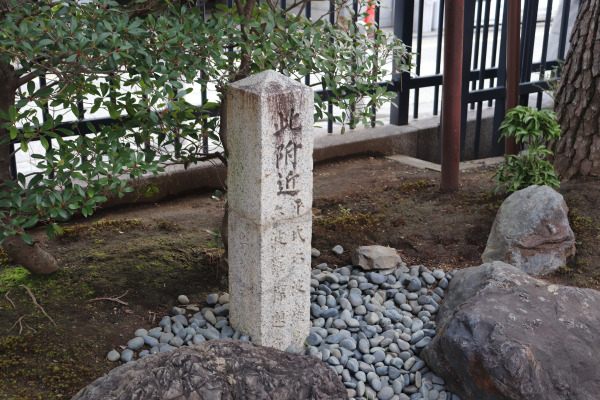Rokuharamitsu-ji Temple: Kyoto’s Best Treaures
In cental Kyoto City is the 17th temple of Saigoku Kannon Pilgrimage, Rokuharamitsu-ji. Though it is a rather small temple, it somehow managed to survive the brutal Onin War. As such, the temple’s treasure house has a truly impressive collection of rare artifacts. Rokuharamitsu-ji is well-known for having a great collection of old Buddha statues; some of the oldest in Kyoto. For history enthusiasts, it is a great place to behold relics– some a thousand years old!
Rokuharamitsu-ji Temple
Temple History
Rokuharamitsu-ji is located only a few minutes walk from Keihan Gion Shijo Station. Around Rokuharamitsu-ji, there are many temples. This area is known as Toribeno, which had been historically known as a graveyard though in ancient times people just left the dead body abandoned, not burned them.
For this reason, this area was considered the border between the current life and the afterlife, which is also the reason why there are so many temples around here.

Originally under the name of Saiko-ji Temple, one of Japan’s most prominent religious figures, (Saint) Kuya built this temple in 963.
Born of privilege to Emperor Daigo, Kuya later dedicated himself to the priesthood. While records of his life are scarce, some say that during a terrible plague, he became sympathetic to the suffering of the people and went around chanting and offering them tea.
In later years, the government prohibited public chanting. To counter this edict, “dancing chanting “(踊躍念仏), which is credited to Kuya, began to flourish in the streets of Kyoto.
After Kuya passed away, the name of the temple became Rokuharamitsu-ji.


The Heike Clan
At the end of the Heian Period, the powerful warlord Taira no Masamori of the Heike clan built a house here. The Heike clan became most notable in Japanese history due to both Masamori and later Taira no Kiyomori, who help establish the samurai as an administrative power in the government. At the height of this clan’s influence, there were almost a thousand houses belonging to the Heiki clan in this area.

As you might know, the Taira clan was ultimately defeated by the Minamoto clan right before the Kamakura Period began in 1185– right around the same time that Rokuharamitsu-ji burned down.

Temple Grounds
The temple is quite small. Shortly after entering the temple, you will see the hondo (the main temple building). The hondo was built in 1363, meaning it survived one of Japan’s longest and most terrible wars, the Onin War. If you think this building looks amazing for something from the 15th century you can thank the new coat of paint it received in 1969.
The hondo contains a recognized Japanse National Treasure, its statue of Juichimen Kanonn, carved by none other than Kuya himself. However, it is on display only once every 12 years.

Treasure House of Rokuharamitsu-ji
Many temples in Kyoto have a treasure house, exhibiting their unique, old treasures. However, because Rokuharamitsu-ji, because it survived through Onin War, it has many truly old treasures. Above all else, their buddha statue collection is awesome. Really. It is simply amazing!
One of the most interesting things in the treasure house is the statue of Kuya. Carved 700 years ago it is so famous, you can see even it in Japanese history textbooks. The statue depicts a young Kuya walking around the city chanting. Each word of the chant “Na Mu A Mi Da Butsu” is a small buddha and coming out of his mouth. Of course, there are several other interesting ones like the statue of Taira no Kiyomori. It is worth visiting!!


Leave a Reply